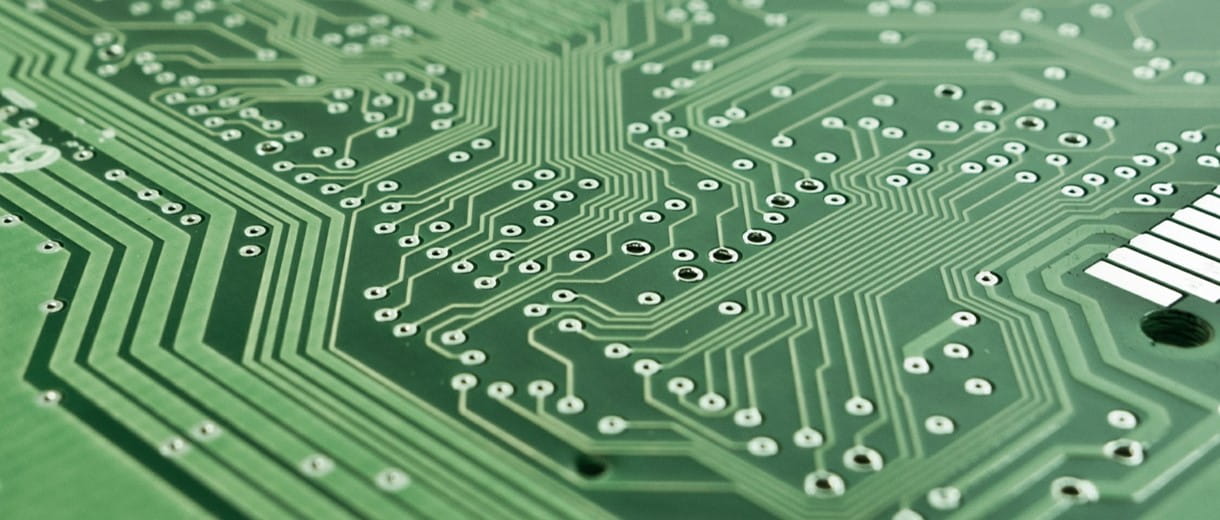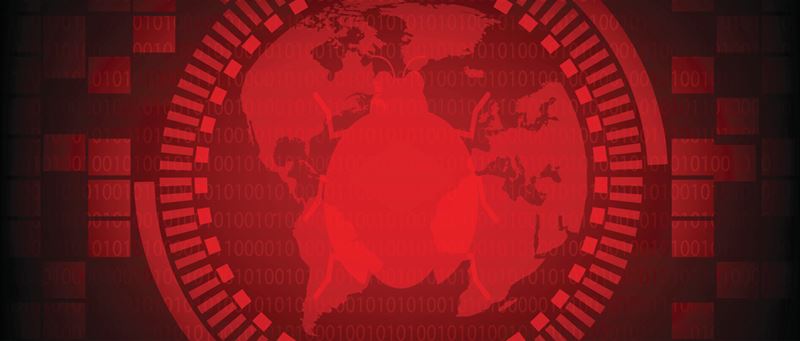
Pandemics past and present have all been biological in nature. But, as our world becomes ever more digital, could the next pathogen affect our devices rather than our bodies?
After all, computer viruses are so called because they behave much like their biological counterparts, quickly spreading from host to host and growing from a local to a regional to a global problem in an exponential time frame. Similar to how a biological virus must hijack a human cell to spread, so must a computer virus hijack a piece of information – such as an infected file or document. An infected person can only travel at the speed of an airplane, but infected information can travel (almost) at the speed of light. There are no borders on the internet, hence no way to instate national quarantines. Consequently, diseases in our digital systems are less easily contained because they spread faster than we can adapt.
There have been several examples of computer infections that may be considered technological pandemics. In 1998, an estimated 10 per cent of all Internet-connected computers were infected by a piece of malicious software called the ‘Morris worm’, which slowed the computers down to a standstill. At the time, there were only about 60,000 such computers; today, a similar infection rate would be disastrous.
Other large scale infections included the ‘Blaster worm’ in 2003 and the ‘Storm worm’ in 2007, with hackers using the latter to take control of millions of computers and use them to spread spam and steal identities.
Since then, our computers have become better protected, but they have also become far more complex with more opportunities for finding exploitable flaws. In addition, we are increasingly using all sorts of connected devices that may not be as well-protected as our computers. In 2016, the Mirai botnet took control of surveillance cameras and other Internet of Things (IoT) devices and used them in denial-of-service attacks that made popular websites like Twitter, Reddit, Netflix, and Airbnb inaccessible.

Adding to the vulnerability is the fact that almost all computers, tablets, smartphones and smartwatches in the world run on just three operating systems – Windows, MacOS, and Android – which means that billions of devices are susceptible to an effective attack from a single piece of malware. We are also increasingly using the ‘cloud’ to run our software and store our data, with a few major providers dominating the market for cloud services. If a major provider is successfully attacked, it could seriously affect hundreds of millions of users worldwide, potentially leading to permanent loss of vital information and the destruction of ongoing development projects.
In the near future, artificial intelligence may be trained to target and exploit vulnerabilities in software and operating systems, finding flaws in updates within seconds of their release but waiting to exploit them until the updates have been widely installed – all without human oversight that could step in and stop attacks that might do far more serious damage than intended.
Given all these factors, the future event of a serious technological pandemic may not be a question of ‘if’, but rather of ‘when’ and ‘how serious’. In the worst case, all the world’s computers may be blocked and all data on internet-connected devices destroyed, resulting in a massive economic meltdown. High tech medical devices will become unusable. Automated cars, trains, planes, and drones would run out of control, killing countless people in the process. Such an event could also trigger automated defence systems, launching arsenals of nuclear missiles that cannot be stopped – with no possibility of warning potential targets or launching countermeasures.
A technological pandemic of this magnitude is possible, but not likely. Just as there are global contingencies in place in case of a worldwide pandemic like Covid-19, there are also measures in place to prevent the spread of a computer pandemic. Even so, we may one day see a tech virus that these measures are unable to stop and for which it is impossible to find an antidote because it has been developed by a machine. That could bring the world to a standstill in a much more dramatic and rapid fashion than any biological pathogen.


